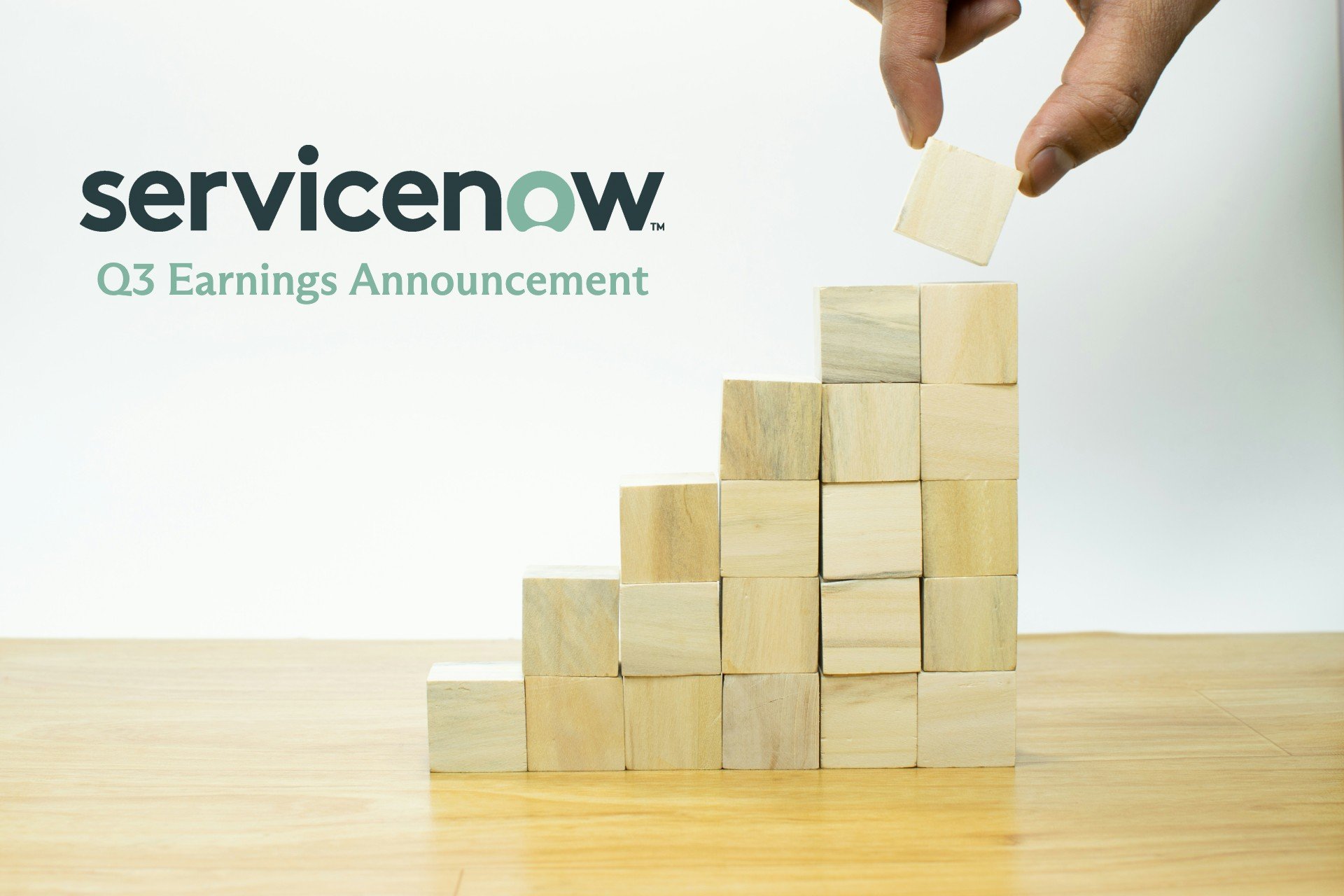

As we reach the midpoint of 2025, it’s the perfect time to pause and assess what’s driving results and what’s just adding to the noise. AI automation and platform investments have continued to evolve rapidly this year. But, with so much momentum (and let’s face it, distraction) in the market, it’s easy to get sidetracked while pursuing an optimal ServiceNow workflow.
To help you refocus, we’ve curated a summer reading list of recent CoreX Insights posts. (Reading these posts at the beach is optional but recommended.)
How to Align Little t and Big T in Your ServiceNow Strategy
Our first entry lays the groundwork for our whole summer syllabus. It serves as a critical foundation for understanding how to maximize your ServiceNow investment by navigating the delicate balance between tactical wins and transformational goals.
At first glance, it’s tempting to focus on Little “t”, the tactical, immediate fixes that keep your operations moving. Such wins are tangible, measurable, and often quick to deliver, giving teams a sense of momentum and progress. However, be careful not to mistake momentum for transformation; automating broken processes still leaves them broken.
On the other hand, Big “T” is the aspirational transformation that rethinks service delivery and workflows at an enterprise level. This means orchestrating interconnected processes across departments, creating new ways of working that align with your business strategy. Big “T” initiatives require vision, patience, and cross-functional collaboration, often unfolding over multiple years.
These are not mutually exclusive. Instead, a deliberate strategy that connects Little “t” wins to Big “T” outcomes requires intention, structure, and long-term thinking.
--
Reframing the Role of Support in ServiceNow Optimization
If aligning Little “t” and Big “T” is the strategy, this post shows where the real traction happens: in the ongoing support layer. Not the reactive, break-fix kind of support, but the kind that’s intelligent, proactive, and tightly aligned with enterprise goals.
Most ServiceNow clients don’t struggle with vision, since they have their goals set and have bought into the platform’s potential. But too often, the gap between roadmap and reality grows with every sprint. This is where support becomes a strategic lever, helping close that gap through continuous governance, foundational tuning, and platform management.
Managed services that go beyond maintenance to actively optimize workflows is smart tactical work. It requires governance frameworks, proactive monitoring, and a willingness to revisit assumptions as business needs evolve. Remember this quote:
“The future of enterprise service management doesn’t belong to the biggest team or the flashiest implementation. It belongs to the organizations that treat the ServiceNow platform as a living system, one that needs care, tuning, and the occasional rethinking.”
--
Using ServiceNow to Modernize the Traditional ERP
This blog addresses a critical yet often overlooked challenge: modernizing ERP systems without disruption. The solution to modernize your ERP is not by ripping and replacing it, but by strategically augmenting it. Using ServiceNow as a workflow layer, turning monolithic, inflexible systems into more agile, human-centered ecosystems. In other words, this is Big “T” transformation done pragmatically.
Traditional ERPs are essential, but they weren’t built for speed, personalization, or seamless cross-functional collaboration happening now. That’s where ServiceNow comes in, as an orchestrator. The platform’s ability to connect divided ERP functions through workflows, digital forms, and service models allows organizations to evolve legacy systems without interrupting them to transform the experience around the core.
This is a good read for CIOs and operations leaders grappling with modernization fatigue. It shows how ServiceNow can serve as a bridge between operational necessity and strategic opportunity.
--
Is ServiceNow the Future of CRM?
The global CRM market is extensive, on track to reach nearly $100 billion this year. But what’s more telling is how fast the definition of “CRM” is evolving. Traditionally, customer relationship management focused on front-office visibility: sales pipelines, campaign performance, and service tickets. The dominant platforms have spent decades building sprawling suites to track the lifecycle of customer interactions.
But ServiceNow is doing it differently. Instead of building another front-office command center, it's reengineering CRM from the inside out using workflows to improve customer outcomes across departments, not just log their data. With offerings like CSM, FSM, and SOM, the focus is on orchestrating it.
In periods of economic uncertainty, where customer expectations are rising and economic conditions are tightening, brittle CRM stacks expose gaps fast. ServiceNow is uniquely positioned to bridge those gaps, especially in service-heavy organizations where operations, delivery, and support define the customer experience.
Rather than replacing traditional CRMs, ServiceNow extends their impact by streamlining workflows and improving cross-functional collaboration into the heart of the customer journey.
--
How a Global Pharma Company Streamlined SecOps with ServiceNow
This next piece is one of our most popular recent posts. It shows how a tactical need – in this case, improving Security Operations (SecOps) visibility – can become a springboard for enterprise-wide transformation.
The story begins with a focused goal: improving visibility and response time within SecOps. Like many large enterprises, this global pharma company faced challenges with alert fatigue, fragmented response workflows, and slow time-to-containment. They didn’t start with a grand, top-down transformation strategy, but rather by fixing a specific, painful process.
As ServiceNow streamlined SecOps functions, the organization began to unlock cross-functional visibility across IT, security, and compliance. Over time, these localized improvements compounded, evolving a tactical SecOps project into a coordinated, cross-functional risk response strategy.
--
The heart of the story is this: transformation doesn’t happen all at once; it happens in layers. Quick wins, when aligned with your future strategy, become the engine of long-term impact. And ServiceNow, when treated as more than just a ticketing tool, can become a platform for reimagining how you can optimize workflows across the enterprise.
Now get to reading. (And don’t forget the sunblock!)


